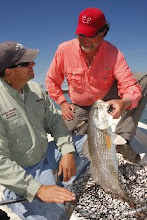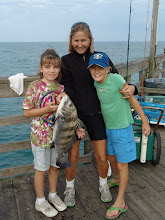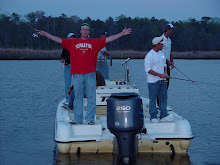Actions
of the General Assembly in the Short Session, 2012 related to marine fisheries
The
Marine Fisheries Study Committee was established after the 2011 General
Assembly failed to act on the game fish bill HB 353. That bill would have made striped bass,
speckled trout, and red drum game fish that could not be taken except by hook
and line and could not be sold. Below is the charge given to the Marine
Fisheries Study Committee. The Committee
met four times between January and April without significant progress and very
little discussion on any of the pressing issues given to it for study.
Marine Fisheries Study Committee
– Study issues related to marine fisheries.
Specifically, the Committee may study the following:
1. The
potential impact to both the State’s fisheries resources and the State’s
economy related to the designation of Red Drum, Spotted Sea Trout, and Striped
Bass as coastal game fish.
2. Changes
to the appointment process and qualification for membership on the NC Marine
Fisheries Commission.
3. Creation
of a hook and line commercial fishery.
4. Elimination
of the trawl boat fishery in NC.
5. Entering
into cooperative agreements with other jurisdictions with regard to the
conservation of marine and estuarine resources; and regulating placement of
nets and other sport or commercial gear in coastal fishing waters with regard
to navigational and recreational safety as well as from a conservation
standpoint.
6. Entering
into agreements regarding the delegation of law enforcement powers from the
National Marine Fisheries Service over matters within the jurisdiction of the
Service.
7. Potential
modification of the Fisheries Reform Act of 1997.
8. Whether
Marine Fisheries should be a division of the Coastal Resources Commission o the
Wildlife Resources Commission.\
9. Other
findings that promote the allocation of the State’s resources to the optimum
use.
Chairs: McCormick
(Brown)
Members: Ingle,
Samuelson, McComas, Spear, Holloway, McElraft, Murray (Preston, White, Goolsby,
Rabon, Tucker, East, Jackson.)
Their final report resulted in introduction and final passage of SB 821
in the Short Session of 2012. SB 821 is summarized below. The most positive provision to come out of
this bill is elimination of the menhaden fisheries in NC waters and a super
majority requirement for passage of any rule by the Marine Fisheries Commission
related to overfishing
or recovery of overfished stocks over the recommendation of the staff of the
Division of Marine Fisheries.
- Senate Bill
821. An act to consolidate several issues
raised in the Marine Fisheries Study Committee. The several issues are addressed below:
- Directs the agency heads of Agriculture,
Marine Fisheries, and Wildlife to study the organizational structure and
function of the various fisheries management programs of NC and to report
their findings and recommendations for change to the General Assembly in
October, 2012.
- Directs the agency heads of Transportation,
Wildlife, and Marine Fisheries to study all available sources of funds to
create a new fund to be used for boat navigation projects including
channel dredging. Specifically
mentioned are fishing license fees, gasoline taxes, and boat registration
fees.
- Prohibits fishing for menhaden using a mother ship
and purse seine runner boats in NC waters after January 1, 2013.
- Requires a supermajority vote of the Marine
Fisheries Commission to override a staff recommendation related to
eliminating overfishing or restoration of overfished stocks.
- Consolidated several of the marine fisheries
advisory committees for efficiency.
Another
bill coming out of the Marine Fisheries Study Committee that never got heard
was SB 850, which would have recreated the Joint Legislative Commission on Fish
and Wildlife. This is a very bad idea
and we were able to kill the bill by pointing out some of the problems to
sponsors.
·
Senate Bill 850.
An act to create an oversight committee of 16 legislators to oversee
fish and wildlife management programs.
This was a very bad idea, which never got any legs due to conversations
with Senate leaders. Once the problems
were explained to sponsors, they decided not to move this bill. Fish and wildlife management programs do not
need legislative oversight, in fact, a system like that would have serious
negative effects. Another good move for
sportsmen.
CFRG is
gearing up for another full-fledged effort to make meaningful changes to the
management of our marine fisheries.
Announcement will be forthcoming shortly. The Marine Fisheries Commission meets in
Raleigh on August 22-24, 2012. We will
be there representing the interests of sound management and resource
protection. Stay tuned!



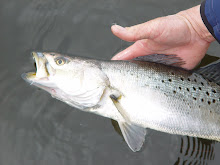



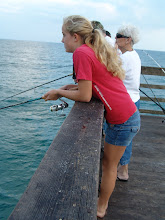

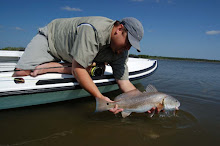.jpg)


